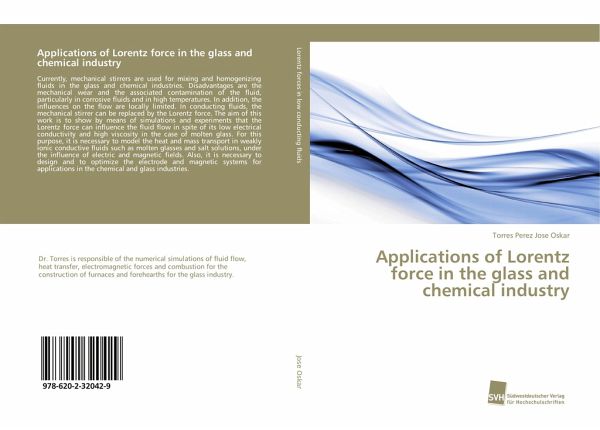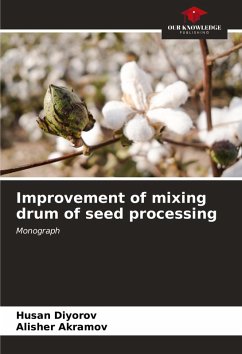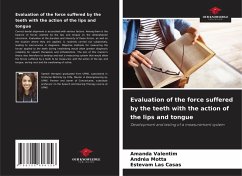
Applications of Lorentz force in the glass and chemical industry
Versandkostenfrei!
Versandfertig in 6-10 Tagen
53,99 €
inkl. MwSt.

PAYBACK Punkte
27 °P sammeln!
Currently, mechanical stirrers are used for mixing and homogenizing fluids in the glass and chemical industries. Disadvantages are the mechanical wear and the associated contamination of the fluid, particularly in corrosive fluids and in high temperatures. In addition, the influences on the flow are locally limited. In conducting fluids, the mechanical stirrer can be replaced by the Lorentz force. The aim of this work is to show by means of simulations and experiments that the Lorentz force can influence the fluid flow in spite of its low electrical conductivity and high viscosity in the case ...
Currently, mechanical stirrers are used for mixing and homogenizing fluids in the glass and chemical industries. Disadvantages are the mechanical wear and the associated contamination of the fluid, particularly in corrosive fluids and in high temperatures. In addition, the influences on the flow are locally limited. In conducting fluids, the mechanical stirrer can be replaced by the Lorentz force. The aim of this work is to show by means of simulations and experiments that the Lorentz force can influence the fluid flow in spite of its low electrical conductivity and high viscosity in the case of molten glass. For this purpose, it is necessary to model the heat and mass transport in weakly ionic conductive fluids such as molten glasses and salt solutions, under the influence of electric and magnetic fields. Also, it is necessary to design and to optimize the electrode and magnetic systems for applications in the chemical and glass industries.












